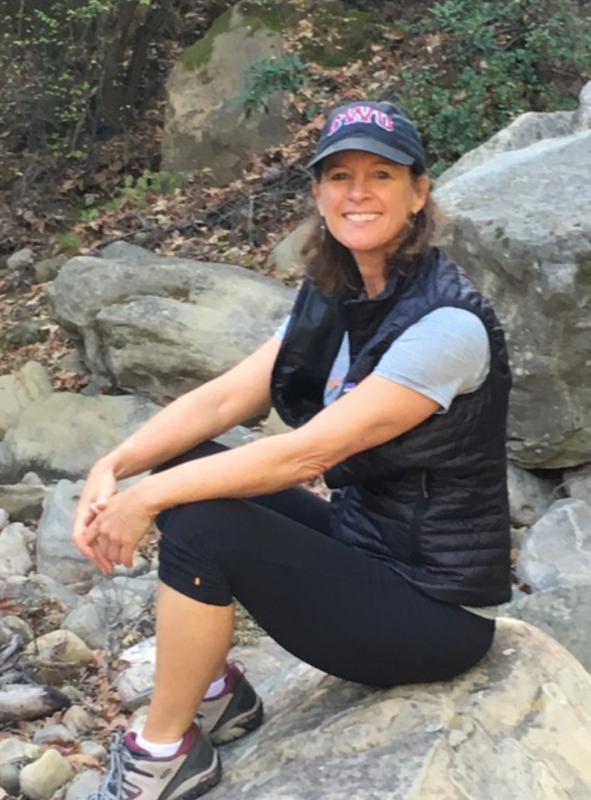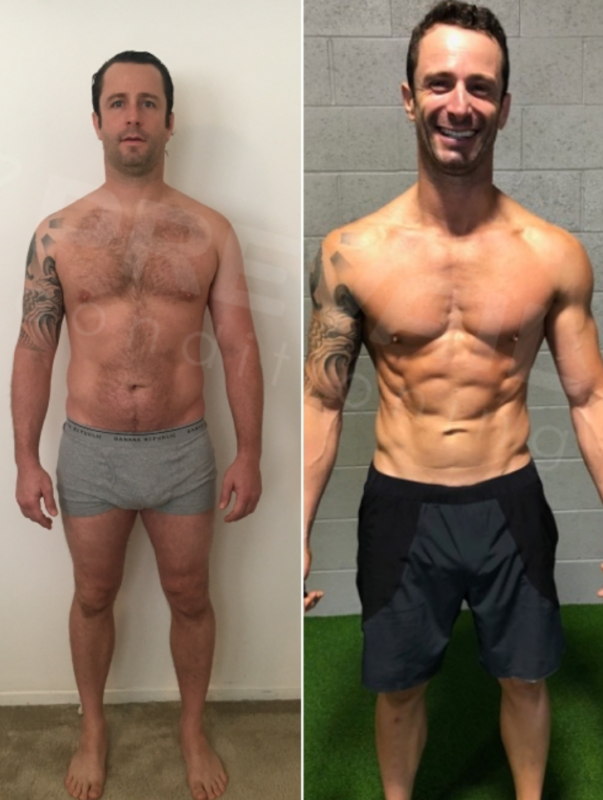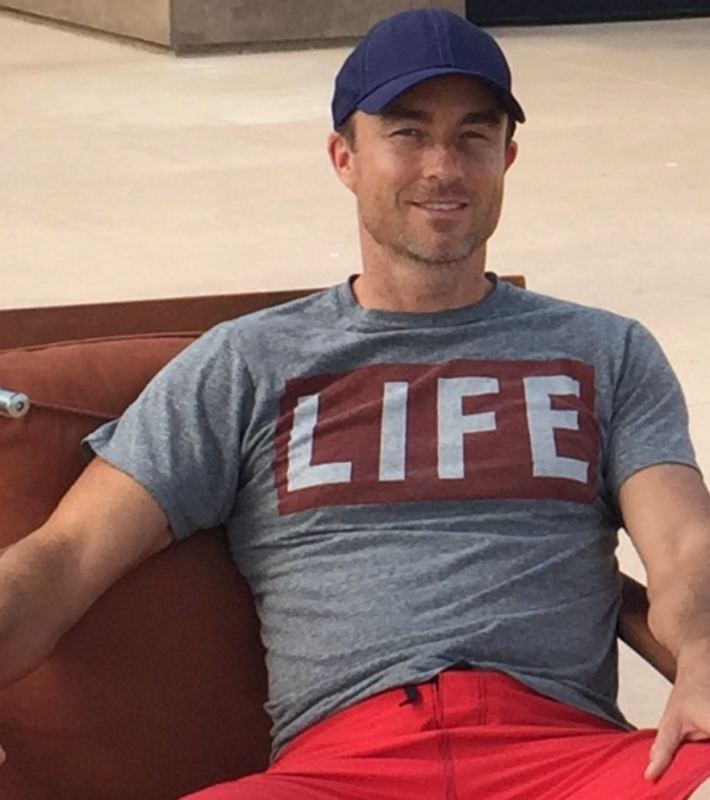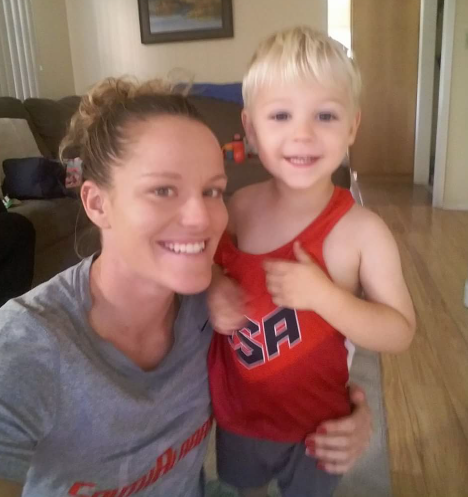
Meet Anne Stewart!
I came to Santa Barbara in the early 70’s to attend UCSB, and I never left. I have had a lot of different jobs over the years, including paralegal, box office manager at the County Bowl, escrow officer, and grants writer for the Lobero Theater Foundation. For the past 19 years, I have worked for the County of Santa Barbara – 8 years in Human Resources, and the last 11 years in Public Health. I am very much looking forward to retirement in the near future!
When did you start coming to Prevail?
I think I was waiting at the door at 5:30 am the first day Chris opened Prevail in 2009 on Haley Street.
What impact has training at Prevail made in your life?
Training at Prevail continues to have a huge impact on my life – I feel stronger at 64 than I did at 44. I truly believe that working out with the Prevail Family is the basis for my overall healthy lifestyle, and was the reason I was able to donate a kidney for a friend’s daughter in 2016. I am also continually amazed at how Peter and Josiah and Brook are able to customize workouts to accommodate me, post-surgery and post broken ankle (2014). It says a lot about Prevail that my first concern following a medical procedure is how soon I can get back to my workouts!
Do you have any words of encouragement or tips for somebody new to exercise (or restarting)?
My thought is, “Hey, you are going to get older anyway – do you want to be feeble or fierce?”
What are your hobbies?
Reading, working out, walking, yoga, learning new things, crochet, and I recently started taking ballet because… why not? 😉
What is your favorite movement/exercise?
I like dead lifts and RDLs. I am working very hard to make friends with split squats. Any additional comments you would like to share? I am always grateful for all the blessings in my life, and my gratitude for all you have created and continue to give at Prevail is boundless! You make my heart happy!
How does your coach describe you?
Anne is a hard worker, but more importantly she takes deep care in how she moves and performs tasks. She does well at making sure she executes a movement well/safely before making that pattern more challenging. It has been awesome seeing Anne push the limits on movements she is strong at, like her barbell hip extensions and upper body presses! Her positivity and dedication is outstanding… it’s contagious and inspiring!
How do other members at Prevail describe you?
Anne is inclusive and friendly. She always has a kind word to share with anyone in the group and takes the time to make Anne and Huntley, one of her two cats, sure you hear it!






